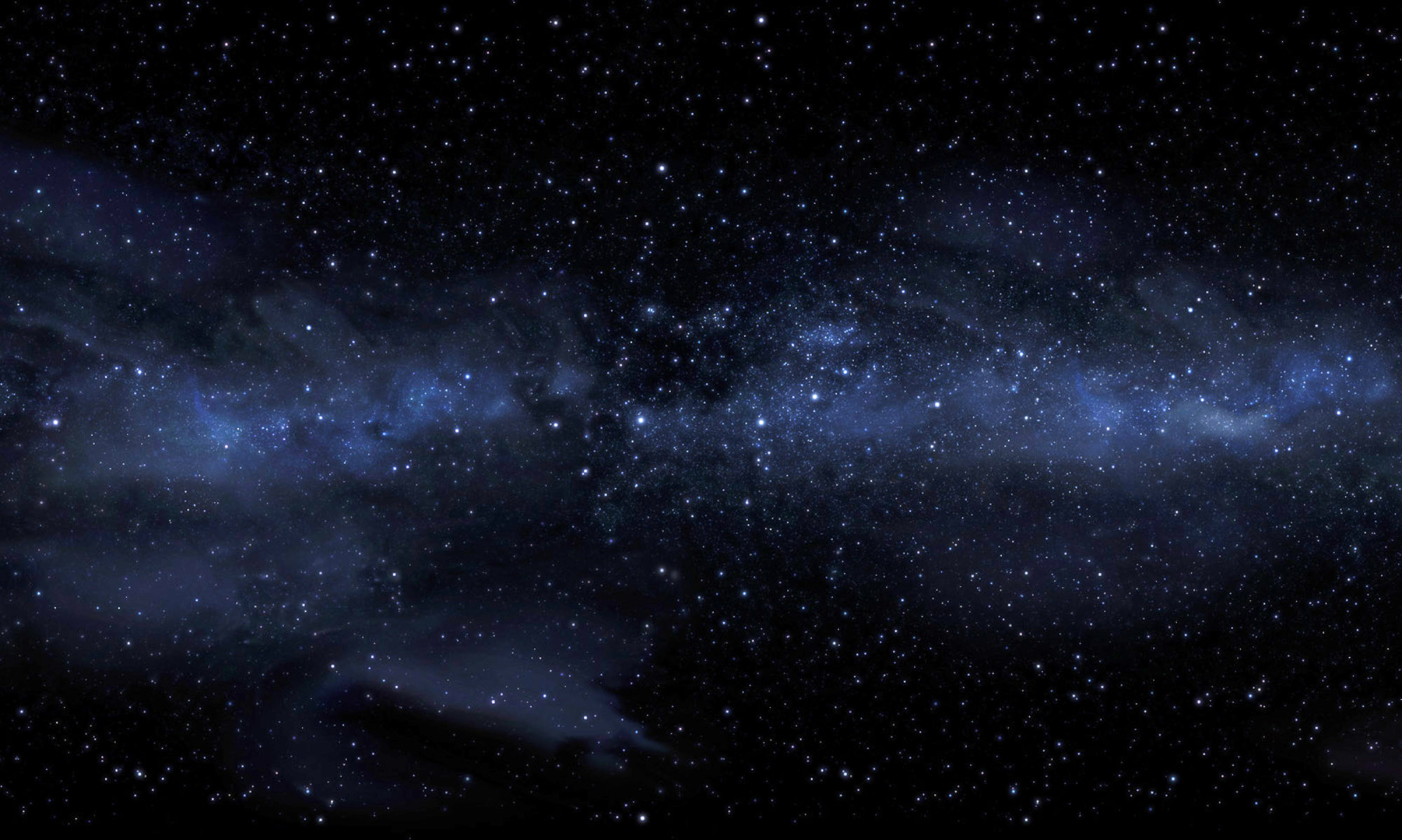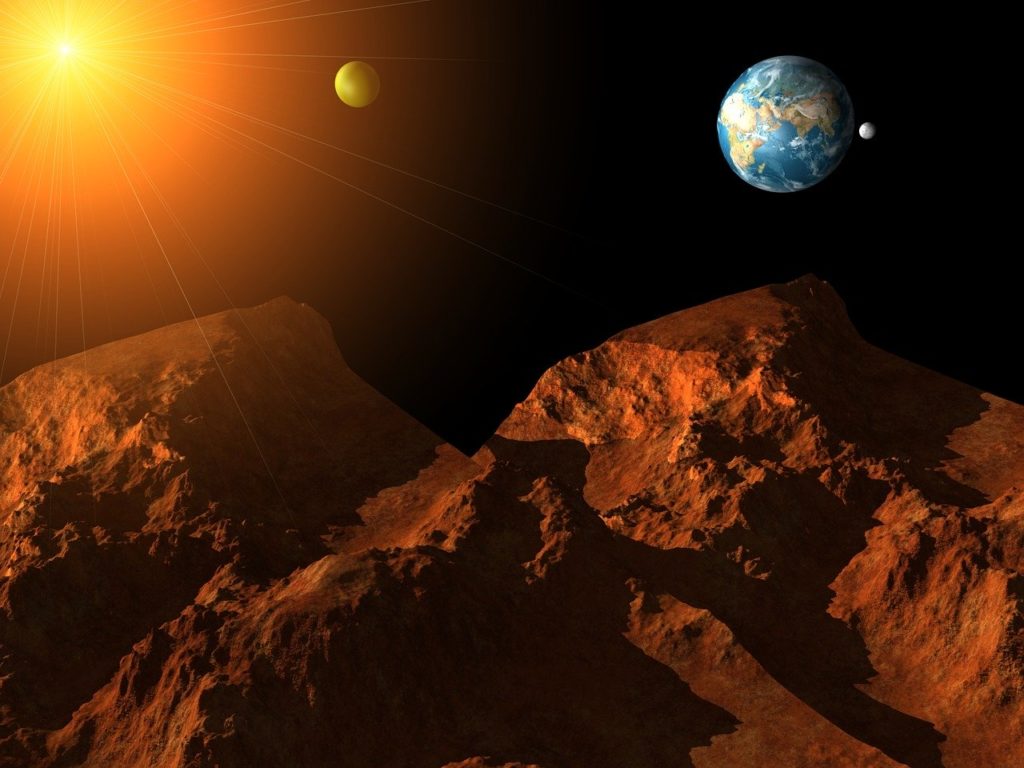
Tech Dive: New Age Sky Farms
When it comes to colonizing and terraforming a new planet, those that are carrying out the heavy lifting and leg work need to eat. The land, especially that of Mars and beyond, might not be suitable for farming, and it might not be suitable for a long time to come. That’s where the Sky Farms of TerraGenesis come in.
The strain put on an ecosystem is at it’s peak when civilizations look to support the people within it. This has to become priority number one. Well, once you have breathable air and water… ok so maybe priority number 3… and then there’s the heat levels… and radiation. Well, no-one said that terraforming would be easy did they?!
Supporting the human population of a colony isn’t straight forward. However, thanks to incredible scientific advances in both hydroponics and zero-G biology the human race is able to look beyond the ground when it comes to growing crops.
Hydroponics and Sky Farms

Hydroponics enable farmers and scientists to harvest nutrients from water and a mineral solution rather than soil, allowing plants to grow in different environments than previously thought possible. Not only that, the water usage is incredibly decreased. Consider that in traditional farming it takes nearly 400 liters of water to grow just 1kg of tomatoes. When using hydroponics this number is drastically reduced to a mere 70 liters of water. This research was initially powered by those in NASA but has been grasped by the various factions of TerraGenesis in their terraforming missions.
Zero-G Farming
The International Space Station provided a great platform for researchers to understand how zero-g conditions affected plant growth, in the same way that it affects human life. Zero-g farming isn’t just about the lack of gravity either. Plants have a hard time in space, especially due to the lack of sunlight, which they need for fuel through photosynthesis. Artificial lighting can replace this, but to maximize efficiency specially designed LEDs need to be used.
As an interesting aside, research into sky farms allowed scientists to uncover a unique device that’s function takes ethylene and converts it into CO2 (carbon dioxide) and water. This could be spectacularly important for lengthy journeys into space.
In order to facilitate the colonisation of a whole planet, or even just a colony for starters, terraformers will need a vast network of these sky farms in orbit. The resource cost might be high, but what price can be put on a well fed workforce?
Sky farms will become incredibly useful during times when water on the surface of the planet isn’t accessible (as it’s frozen) or isn’t available at all. At least for those in the initial terraforming missions, sky farms might well be the only access that they have to get fresh produce in the dark, forbidding world that they’re looking to inhabit.










